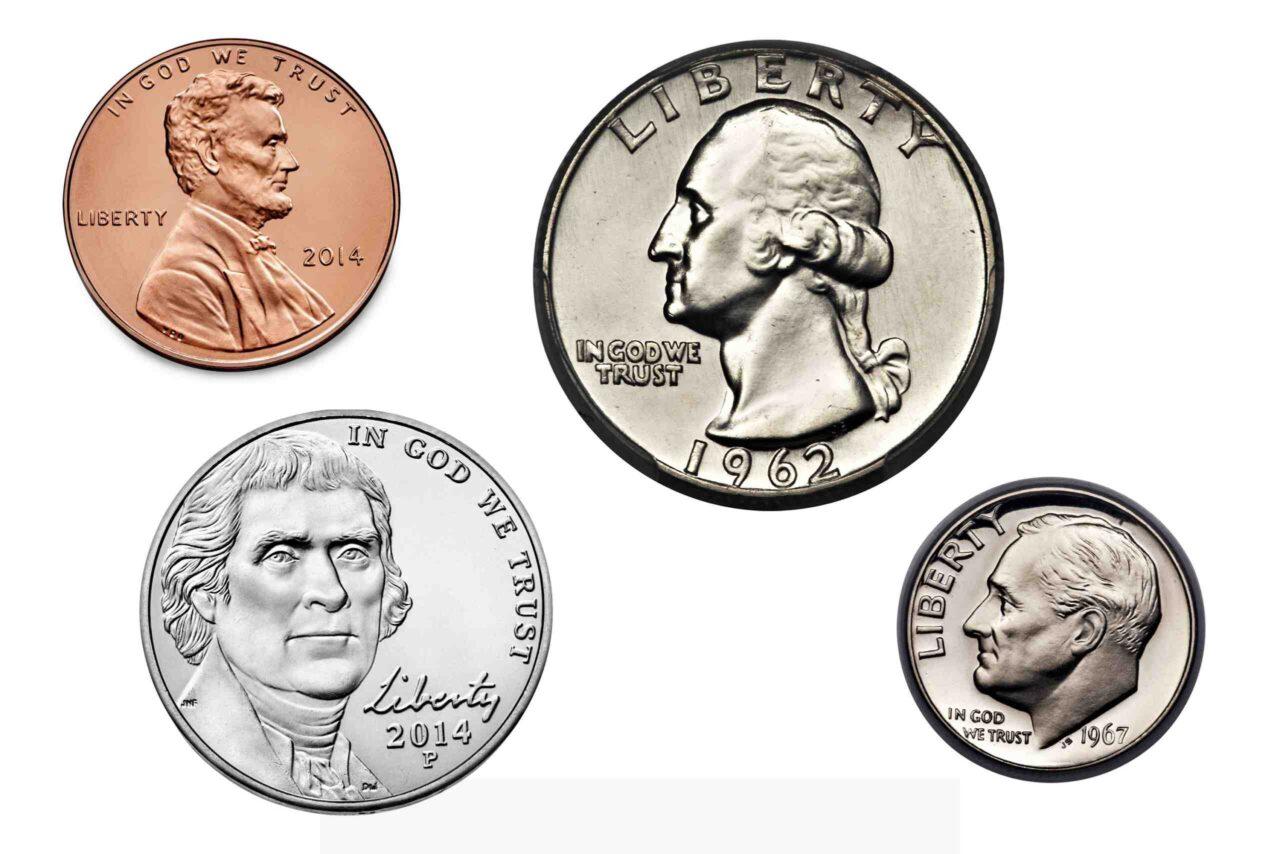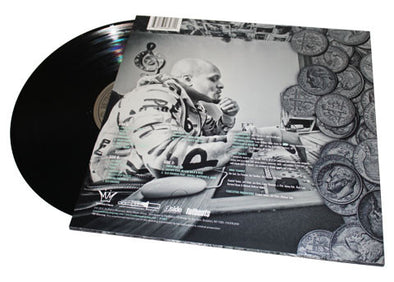

Once you make a few changes, you might even find that you have a little extra money. It's fine to grab a coffee on the go every once in a while, but if you walk into your local coffee shop and you find that you're like Norm from "Cheers" (where everybody knew his name when he walked in), you should probably re-evaluate your spending habits. Take a close look at what you spend.and just use common sense. Avoid them because they usually have items that you don't need or can get in bulk or somewhere else cheaper. You see them at the end of checkout aisles at every grocery store, Target and Walmart of the world. Monthly that would total $160-300! Use the groceries you just bought, and bring your lunch with you as much as possible to save money.Ħ) Avoid Endcaps. Add coffee for $3-5 each day, that's another $15-25 per week. If you use coupons, that will save you even more at checkout.Ĥ) Avoid Vending Machines: There are expensive and usually have unhealthy choices anyway.ĥ) Bring Your Coffee and Lunch: If lunch is $5-10 (if you're lucky), that adds up to $25-50 per week. If you stick to your list, you'll save time and money. Instead of buying individual packets of crackers, buy a bigger box and put a serving in a baggie or container to take to work or school.ģ) Make a List: Go to the grocery store with a purpose. The same goes for coffee, candy bars, chips, fruit, and whatever else you may like to snack on. Soda can be purchased much cheaper by the case than in individual servings. Gas stations make a ton of money because of people going inside to pay and buying things that they don't really need.Ģ) Buy in Bulk: Think about the small purchases that cost you $1-5 a day.

Easy ways to reduce spending without sacrifice:ġ) Pay at the Pump: Avoid the temptation to buy snacks or other items by simply paying at the pump. From fast food to coffee to gum to chips, there are a ton of little items that can nickel and dime your wallet and bust your budget.
NICKEL DIM3 FULL
With our 100% money-back guarantee and vetted coaches, anyone can achieve their full athletic potential.When you have cash can you make it last or do you find yourself pulling money from the ATM and it's gone in a day or two? A pack of gum here, a chai tea latte there.just for those couple of items it'll probably cost you $5. These hybrid players allow defenses to use variations of the nickel in which they can play close to the line for run stoppage, play close for bump and run coverage and even play back as a safety in long yardage situations.ĬoachUp is the safest and easiest way to find a coach for personalized training. Teams with athletic personnel can run the nickel defense more often if the additional defensive back is big and strong enough to play closer to the line of scrimmage but athletic enough drop into coverage. The absence of additional linebackers and lineman create a smaller defensive front this gives the advantage to larger linemen and tight ends that can more easily move smaller, weaker defenders. The nickel and dime packages are vulnerable to heavy run offenses. The added pass defense allows defenders to press and take away short yardage routes and quick reads by the quarterback. Slower linebackers cannot keep up with speedy slot receivers and backs. ProsĪs mentioned before, the nickel and dime packages are used to defend a pass-heavy offense. The purpose for adding extra defensive backs is to account for multiple receivers. In a dime package, a linebacker or lineman can be substituted for another defensive back. In a typical nickel defense, there are four down lineman, two linebackers and five defensive backs. These alignments are primarily used to stop the offensive passing game, but variations of these defenses can also be effective versus the run. The nickel defense in football refers to a lineup with five defensive backs, and the dime package features six defensive backs.


 0 kommentar(er)
0 kommentar(er)
